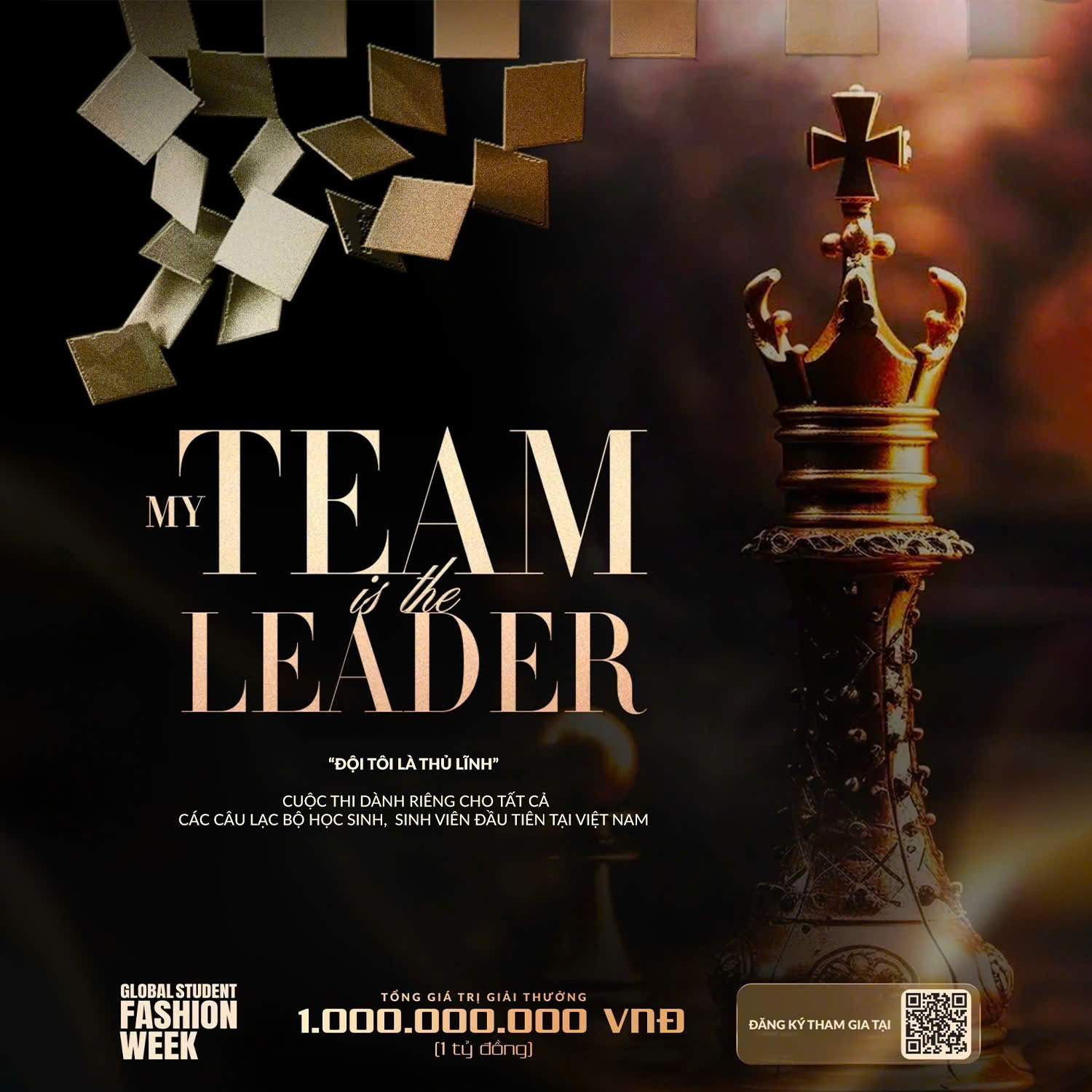By making informed instructional decisions, teachers can maintain fidelity to their curriculum while supporting and engaging their students.
Anytime a new curricular program is adopted, some administrators and program publishers recommend that teachers execute the program “with fidelity.” What does that mean, though? And should you?
Merriam-Webster defines fidelity as “the quality or state of being faithful” and “accuracy in details.” Naturally, educators have varying views and understandings of what it means to be faithful or accurate. Faithful to the objectives? To every scripted lesson plan? To all of the texts? To the program’s scope and sequence? To their students?
I don’t see a problem with asking a teacher to be faithful to a program that is proven by research to improve outcomes for children. But even in those cases, and certainly in cases where the program has not yet proven its effectiveness, teachers need freedom, flexibility, and skills to adapt to the unique student makeup of their classrooms. Even the best program can’t possibly anticipate the needs of every student, especially considering the wide range of abilities within typical kindergarten through eighth-grade classrooms.
I would argue, in fact, that making adaptations is actually critical to maintaining fidelity to a program, if you agree that fidelity means meeting the program’s objectives. What is the point of teaching a lesson you know your students are not ready for, slogging through a series of lessons when your students are ready for greater complexity, proceeding with a lesson that doesn’t address your multilingual learners’ language goals, or using texts that are disengaging (or worse)?
The following practical strategies can help ensure that students are engaged and challenged and meet program objectives.
A Friendly Reminder!
End of newsletter promotion.
Modify Lessons With Goals and Objectives in Mind
When planning any lesson—yes, teachers still must plan lessons even with a program—it’s critical to keep in mind what students know and are able to do, as well as to consider how much support (in terms of skills, background knowledge, and vocabulary) they will need to meet the lesson objectives. Teaching lessons exactly as written without considering students’ strengths and needs may cause confusion, frustration, boredom, or disengagement.
Utilize small group instruction. Identify underlying skills or knowledge that students need to actively participate in the lesson, group students according to need(s), and provide a short, focused lesson to pre-teach. For students ready for a challenge, group them and teach them a strategy to help them think about the lesson content with greater depth or complexity. While you’re teaching small groups, the rest of the class could be engaged in independent activities.
Vary feedback, coaching, and prompting. If constraints require you to teach a lesson to the whole class as recommended, you can vary the prompts, demonstrations, and tasks to either provide more scaffolding or increase challenge. For example, if the lesson script suggests that students summarize, you could challenge some students to summarize focused on an angle or idea rather than just the sequence of information. If others need support with their summary, you might be ready with prompts such as, “What was the most important information from this paragraph? Can you use the subheading to help you?”
Slow down (or speed up). Many programs contain more materials than you could ever realistically use in a school day, while others are missing critical evidence-aligned components. You can vary the pacing within a lesson—skipping over repetition if it seems that students are getting it, asking students to quickly read a section silently rather than your reading it aloud to them (or vice versa if they need more support), deleting some of the tasks that you know would be too easy, and so on. You might also need to vary the pacing across lessons—for example, adding in an extra whole class lesson to provide extra background information or practice with an easier text, or skipping a lesson that you know all of your students will find too easy.
VARY LESSON STRUCTURES TO PROVIDE DIFFERENT LEVELS OF SUPPORT
I think one of the best things teachers can do is to have a small repertoire of lesson types to choose from, like tools in a toolbox. Each lesson type offers different opportunities for engagement, has different levels of support, and follows a different structure. You can select a type based upon student needs, lesson purpose, text type, etc.
Choose a lesson structure that offers greater scaffolding. Imagine that your program suggests you assign a text that you think your students will find challenging or confusing. You agree that it’s an important text to teach, but you’re concerned that your students won’t understand the text if they read in pairs while you circulate, as the program suggests. In this case, perhaps you teach a read-aloud, shared-reading, or close-reading lesson.
Choose a lesson structure to boost engagement and independence. As you look at your program’s lessons, do you notice a lot of read-aloud lessons and assigned independent reading? Maybe some independent reading could be recast as readers’ theater lessons to offer students an engaging opportunity to improve their fluency. Or maybe a read-aloud lesson could be extended to include explicit teaching into discussion, through conversation lessons.
SWAP TEXTS
Many literacy programs exclusively use texts that are written at grade level, and if your students aren’t yet able to read those texts with independence, you’ll need strategies to support them. Further, you’ll need to consider texts’ content in relation to your students’ interests, identities, and knowledge, and plan to support or swap texts accordingly.
(Note: All students should have regular opportunities to read grade-level (and above) texts with appropriate scaffolding and support.)
Create conceptually coherent text sets. If you know the provided text is currently too difficult for your students, look for more easily accessible texts to introduce the content and key vocabulary, then move them into the program-provided text. Consider starting with picture books, video clips, and audio, even. You’ll accomplish the program objectives and will likely find that your students have a much deeper understanding of the content, too.
Swap out texts to ensure cultural relevance. Texts you use should be inclusive, relevant, identity affirming, and culturally responsive and sustaining. Be aware of texts that misrepresent or leave out important cultural perspectives, or are culturally destructive, and make changes. Choose texts that will help you cover the same content and meet the program’s learning objectives, but which include accurate history, multiple perspectives, and full characters, and offer opportunities for critical thinking.
Trying for strict fidelity to a program isn’t only unrealistic—it can actually hinder effective teaching and student progress. You can maintain fidelity to a program’s objectives and scope-and-sequence while making necessary adjustments to be effective, meet your students’ needs and interests, and support their engagement. And leaders should trust teachers—practitioners who have insights and knowledge about their students, as well as pedagogical expertise—to do so.
Nguồn: [Edutopia][https://www.edutopia.org/article/fidelity-to-a-program-requires-teachers-who-can-adapt]






